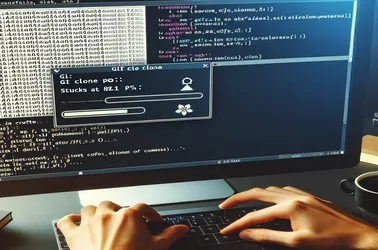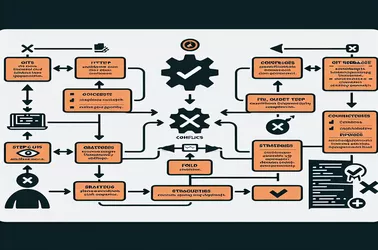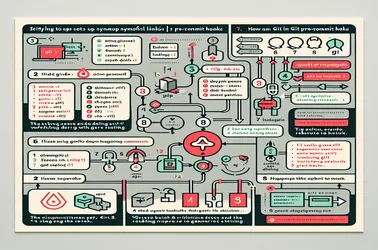The problem of an 81% stopped Git LFS enabled clone operation is addressed in this article. It offers automated techniques to handle retries and guarantee successful cloning through the use of Python and Bash scripts. Changing Git configurations and keeping an eye on network traffic to spot bottlenecks are important tactics.
Git rebase conflict management can be difficult, particularly in team projects with long-lived branches. Rebasing often keeps branches up to date with the main branch, reducing the likelihood of conflicts. The procedure can be streamlined by automating conflict resolution with scripts. A Python script can utilize the subprocess module to achieve a comparable level of automation, whereas a Bash script can automatically detect and resolve problems. Using Git hooks reduces error and manual intervention by adding another layer of automation.
In Git repositories, managing pre-commit hooks necessitates careful configuration to guarantee that local hooks operate independently of other repositories. To avoid making changes to the global core.hooksPath, one way to avoid making changes is to build a symbolic link (symlink) that points to the local pre-commit hook file. This process can be automated with Bash and Python scripts that create new symlinks, backup old hooks, and check for existing ones.
This post explores running several GitHub workflows in a group on the same self-hosted runner. It talks about scripts that make use of Bash and Python to guarantee consistent usage and dynamically assign runners.
Using a Git branch as a source, this essay addresses the structure of Terraform modules and investigates why the Git URL path portion in Terraform is divided by double slashes. The aim of the double slashes is to distinguish the repository path from the directory inside the repository. Accurate file access and configuration are ensured in this way. Recognizing this style keeps consistency between Terraform configurations and helps prevent problems.
Eliminating several Git files simultaneously might be laborious if carried out one at a time. To effectively handle file deletions, this tutorial offers automated methods using the Bash and Python scripts.





